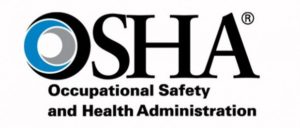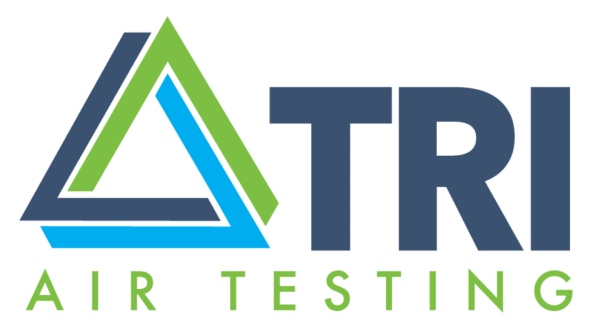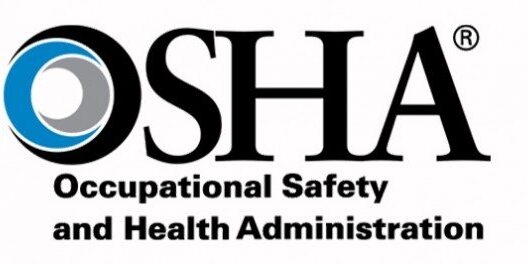 The Occupational Safety and Health Administration is an agency of the United States Department of Labor (OSHA) that has safety compliance requirements when remodeling a commercial space, such as a factory or manufacturing facility.
The Occupational Safety and Health Administration is an agency of the United States Department of Labor (OSHA) that has safety compliance requirements when remodeling a commercial space, such as a factory or manufacturing facility.
Products to Help Meet OSHA Safety Compliance
Products, like removable safety railing or temporary and removable guardrails can provide quick and easy fixes to safety hazards in manufacturing facilities. With the right products, installation is easy and the cost is minimal. The benefits of providing a safe setting far outweigh the small effort it takes to purchase and install these products.
360 Mobile Safety Rail System
The 360 mobile safety rail system is easy-to-install, cost effective and OSHA compliant. Plus, it’s 100% made in the USA! You can utilize this system to reduce the hazards of manufacturing facilities, remain OSHA compliant and easily safeguard workers from situations that threaten their safety and wellbeing.
Air Quality Standard in Manufacturing Facilities
The OSHA also stresses the importance of following air quality standards in manufacturing facilities. Your air requirements and efforts should be guided by considerations like the air quality necessary to meet production requirements and which air quality controls are necessary to ensure that the air produced does not create issues within the compressed air system.
To ensure the quality of your air system, it’s important to assess and understand the needs within the facility as well as maintaining the system’s components, like filters, separators and driers. Doing so is essential to ensuring that your compressed air system works properly.
If the compressed air picks up moisture, for example, it can create condensed water in the air plant system – and you want air that is clean, dry and conducive to your manufacturing needs.
Because compressed air systems use a large portion of electricity in manufacturing facilities, checking your compressed air system to ensure it is performance optimized is important. You can discover issues that make your air system inefficient and they may need to be addressed to ensure your air quality, product quality, reduce the energy needed for performance and generally increase and improve the productivity within the facility. It’s important to remember that poor air quality can negatively impact all operations within the facility.
Air quality needs do change based on the facility and what products are being manufactured, which is why it’s so important to understand your site and what’s necessary. It’s unnecessary to spend time and money creating an air quality standard not needed for optimal performance.
For example, if you have a non-clean room air operation, you don’t actually need to ensure clean room air, because it will cost you to maintain it, thus wasting funding.
Understanding the air quality impact on the products produced within the facility and the people working there. Doing so will ensure a quality product and help guarantee that your facility is safety compliant.
The air quality standard you achieve – and the means to maintain it – are vital to making sure your facility remains energy-efficient, follows all safe air practices (for both employees and products) and remains OSHA compliant in terms of safety practices.
At the end of the day, the key to air quality compliance in manufacturing facilities is to understand the air quality needs of the facility and taking the measures to ensure that those standards are met.


